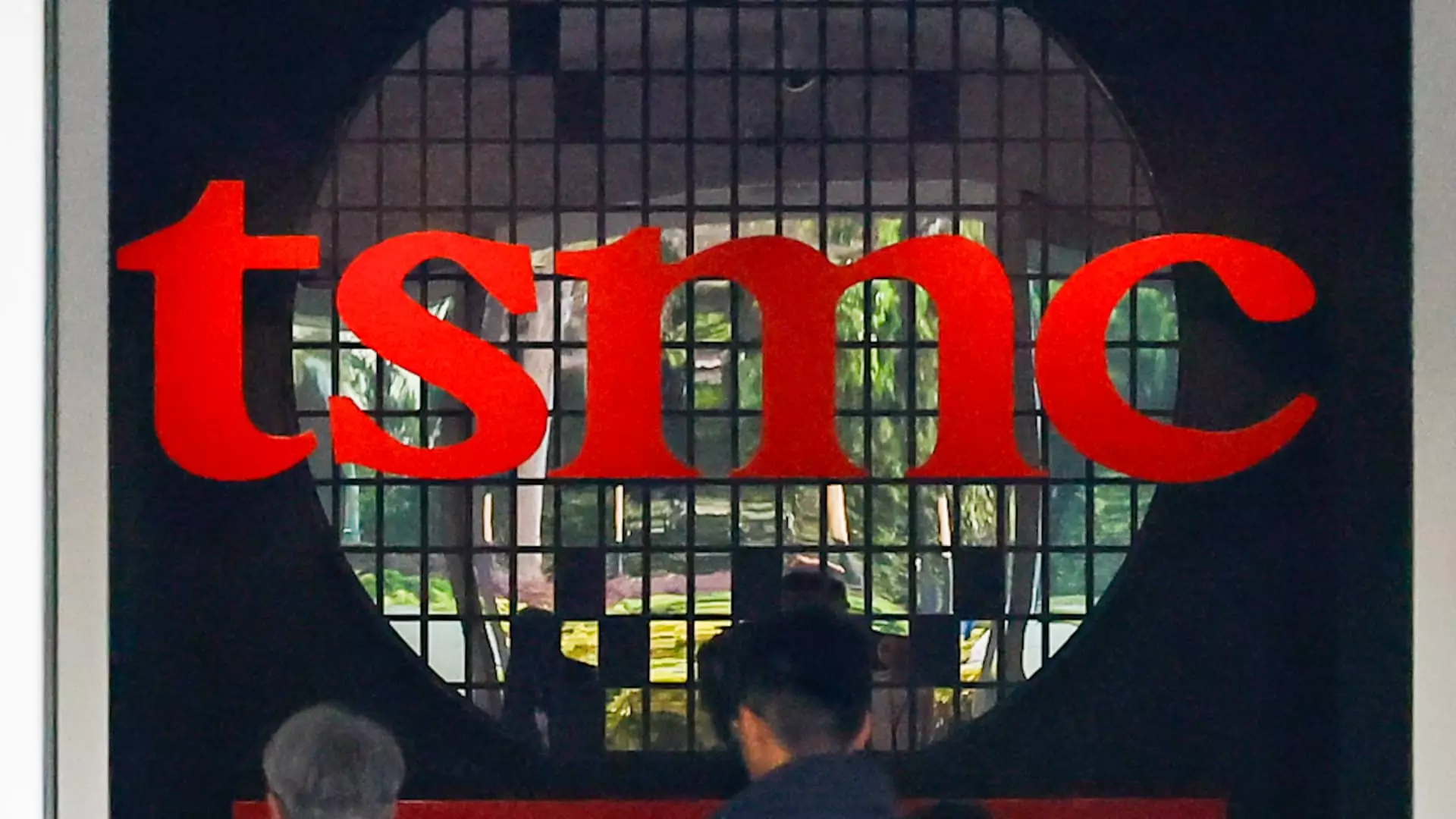Taiwan Semiconductor Manufacturing Company (TSMC) continues to demonstrate a remarkable trajectory of growth, underscoring its pivotal role in shaping the future of technology. The latest quarterly results reveal a spectacular leap in profitability—nearly 61% year-over-year—powered largely by the surging demand for artificial intelligence (AI) processors. This performance isn’t merely a statistical blip; it underscores TSMC’s strategic positioning at the forefront of technological innovation, particularly in advanced chip manufacturing processes under 7 nanometers.
The company’s ability to exceed expectations, with a net revenue of NT$933.80 billion (approximately $31.7 billion), signals a resilient and adaptable business model. Its record-breaking profits and optimistic future outlook reflect a perfect storm: relentless AI adoption, technological advancements in chip manufacturing, and a healthy demand for industry-leading nodes like 3nm and 5nm. These technological marvels are not just incremental improvements; they represent revolutionary capabilities that enable faster, more efficient, and more powerful devices, cementing TSMC’s dominance in the global semiconductor ecosystem.
If we look closer, the significance of TSMC’s technological achievements cannot be overstated. The company reports that 74% of its revenue comes from chips produced using 7nm or smaller nodes, attesting to its mastery of the most advanced semiconductor fabrication techniques. This technological edge feeds directly into the expanding AI market. As AI becomes increasingly embedded in products across sectors—from data centers and autonomous vehicles to consumer electronics—the demand for cutting-edge chips will escalate, benefiting TSMC disproportionately.
Strategic Opportunities and Geopolitical Challenges
It’s undeniable that TSMC’s prosperity is linked to broader industry trends—namely, the AI revolution—but also deeply entwined with geopolitical currents. The company’s growth is intertwined with U.S.-China trade dynamics, where recent tensions threaten to introduce significant hurdles. U.S. restrictions on exports to China, including credit controls affecting Nvidia and AMD, pose tangible risks to TSMC’s international business. Nonetheless, recent assurances from the U.S. government indicate some easing, allowing major clients to continue their operations in China—a politically savvy move that may preserve TSMC’s revenue streams.
Yet, the specter of tariffs remains. Taiwan, a critical node in the global chip supply chain, faces a 32% tariff on exports to the U.S., as well as looming threats of additional tariffs from policymakers. Such measures could disrupt supply chains, inflate costs, and dampen growth prospects. Still, TSMC’s management appears optimistic, betting on the long-term demand for their industry-leading tech solutions. Their confidence is supported by the strategic importance of AI growth, which they view as fundamentally sustainable in the near future—an industry whose trajectory is still in its infancy.
From a strategic perspective, TSMC is not just riding the wave of current demand but actively investing in future capabilities. The company has committed to expanding its manufacturing capacity and advancing its process technology, believing that the miniaturization of chips will remain central to technological progress. This foresight ensures that TSMC holds a crucial competitive advantage, solidifying its role as the undisputed leader in chip fabrication technology.
The Power of Technological Innovation in Securing Tomorrow
Innovation is the lifeblood of TSMC’s success, and this is especially evident in their aggressive push toward the most advanced nodes. In a sector where Moore’s Law is still being stretched, their focus on developing 3nm and 5nm process nodes is strategic brilliance. These nodes not only provide superior performance but also economic efficiencies that cater to the ever-growing appetite for AI and high-performance computing.
Despite these bright prospects, challenges loom on the horizon. Fluctuations in the Taiwanese dollar, global macroeconomic headwinds, and potential order reductions from smartphone and PC clients could temper growth momentum. Even so, TSMC’s leadership and technological edge provide a buffer against many of these uncertainties. The company’s capacity to adapt—by diversifying markets, investing in cutting-edge R&D, and navigating geopolitical risks— will ultimately determine how robust its growth trajectory remains in the long term.
TSMC’s recent stellar results exemplify a rare confluence of innovation, strategic foresight, and global industry influence. While external geopolitical and economic factors could pose hurdles, the company’s technological audacity and foundational role in the AI-driven future make it a beacon of industrial resilience and continuous growth. In the fiercely competitive landscape of semiconductors, TSMC’s trajectory signals not just survival but unassailable leadership, powered by relentless innovation and strategic agility.


Leave a Reply